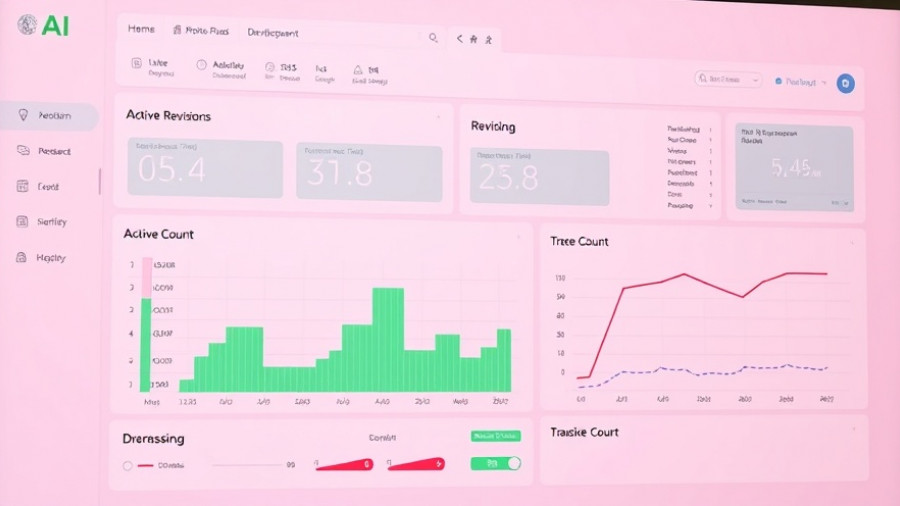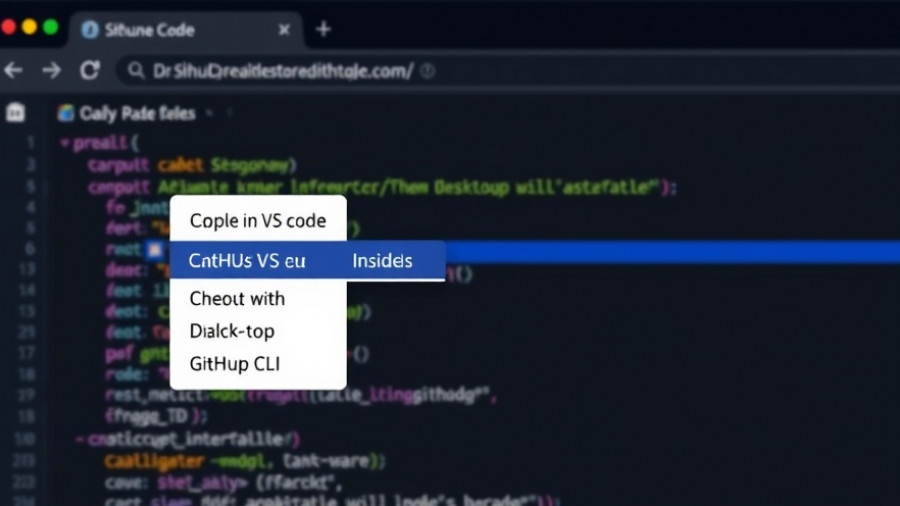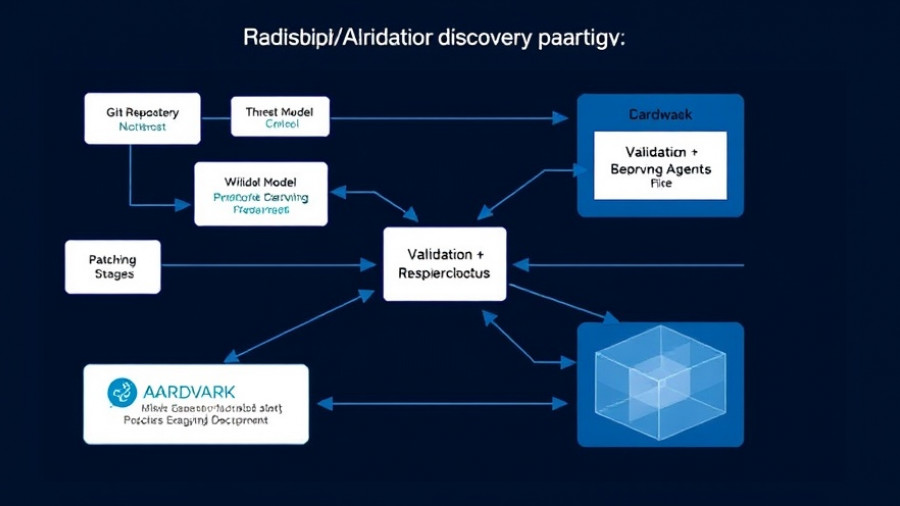
LangChain: Advancing AI Development with Robust Funding
LangChain Inc., an emerging leader in AI tooling, recently attracted significant investor attention by raising $125 million in a Series B funding round. This brings the total funding to nearly $135 million, highlighting the rapid growth and promising future of AI agent development. The latest funding round, led by IVP and joined by notable investors like Alphabet’s CapitalG and Cisco Investments, positions LangChain at a remarkable $1.25 billion valuation. This is a clear signal of confidence in LangChain’s unique approach to simplifying AI agent deployment for developers.
The Power of Simplification in AI Development
LangChain specializes in providing a development tool that allows engineers to create AI agents with minimal coding—sometimes as little as 10 lines. This semblance of simplicity is revolutionary in a field where complexity often discourages budding developers. With a unified API that allows seamless switching between various language models, LangChain alleviates the burden of constant code adjustments, which can often slow down project timelines. This capability makes it an attractive choice not just for seasoned software engineers, but also for innovators entering the AI landscape.
Innovative Tools: Deep Agents and LangGraph
LangChain’s product suite includes LangGraph and Deep Agents, tools that elevate the possibilities of AI development. LangGraph assists in running complex AI tasks with features for upholding human oversight while allowing agents to recover from unforeseen errors. On the other hand, Deep Agents introduces advanced reasoning capabilities, breaking down intricate tasks into manageable segments. The result is a fostering of creativity since developers can rest assured that their AI applications will adapt to pitfalls without significant downtime. These advancements speak directly to the current demand for robust, agile AI solutions in a rapidly evolving technological ecosystem.
Path to Profitability: The Role of LangSmith
LangChain’s revenue strategy is heavily reliant on LangSmith—a paid product that enhances the development and testing of AI agents. With features tailored for observability and user interaction monitoring, LangSmith empowers developers to evaluate their agents effectively and makes them aware of areas needing improvement. LangChain’s active approach to revenue generation—increasing its annual recurring revenue (ARR) from $12 million to $16 million—signals a pathway towards profitability that blends innovation with operational efficiency.
The Future of AI Agents: Predictions and Industry Dynamics
As the demand for scalable AI solutions escalates, LangChain’s focus on facilitating easier AI agent development places it in an enviable position within the tech landscape. Analysts predict that the broader AI application development market could grow to over $30 billion by 2032, driven by advancements like those introduced by LangChain. Given this trajectory, the intersection of AI tools and enterprise needs will likely define the next wave of innovation, and LangChain is poised to lead the charge.
Conclusion: A Call to Engagement
LangChain exemplifies how innovation and strategic funding can transform technology sectors. For tech enthusiasts and professionals involved in AI development, now is the time to explore LangChain's offerings and leverage its suite of tools to stay ahead in this rapidly evolving landscape. As new AI challenges emerge, being equipped with the right development resources such as LangChain can facilitate not just innovation but also ensure sustainable growth in your projects and products.
 Add Row
Add Row  Add
Add 




Write A Comment